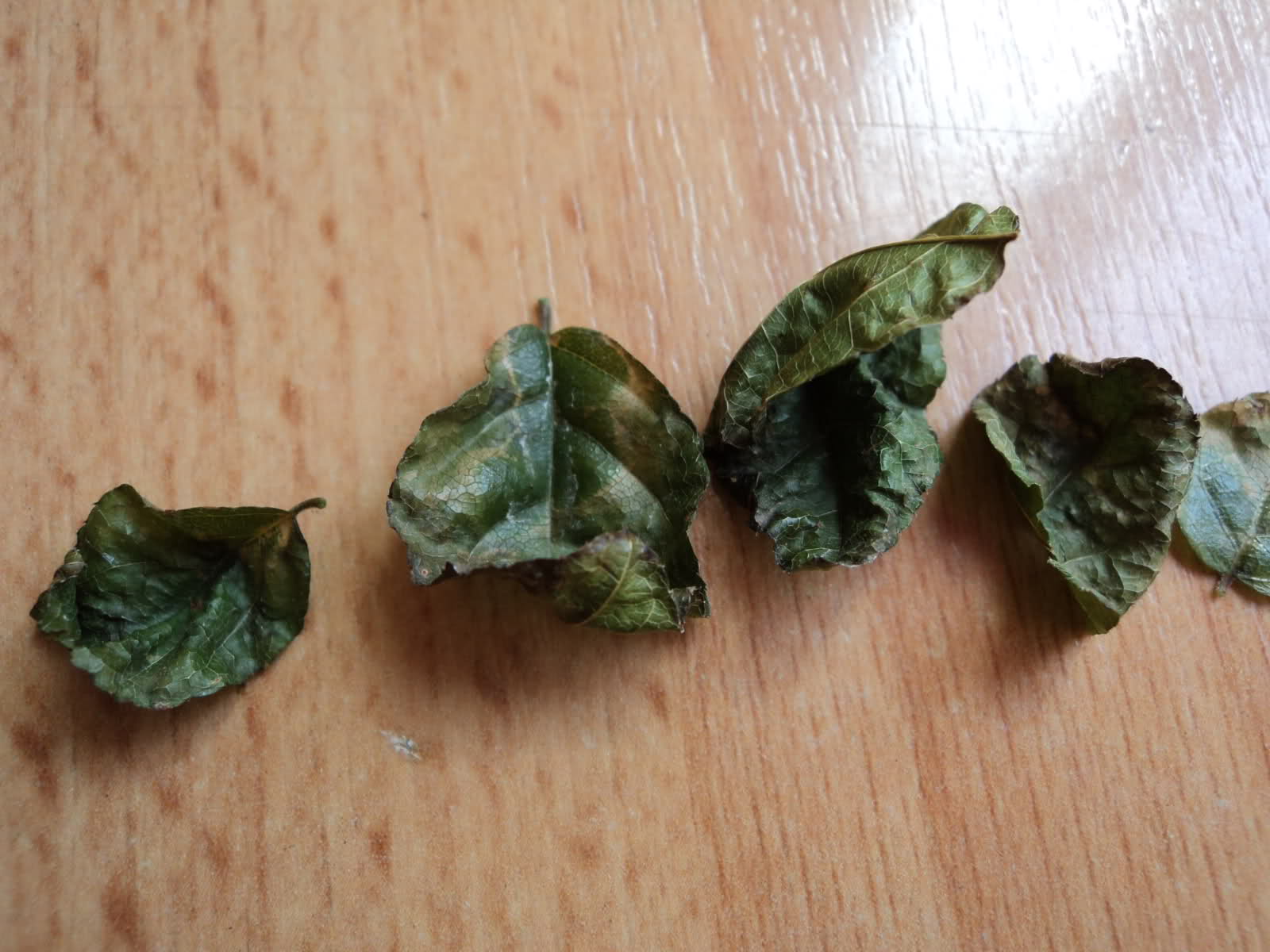I Killed My Bonsai Tree
Posted by Ashley Carrier on 27th Feb 2024

Nonsense: You know why most bonsai trees die?
Hint: It doesn’t have anything to do with the person involved, it’s more likely to be where they purchased the tree.
Too often people settle for a “mallsai” (a bonsai purchased in a mall or home improvement store) without any kind of care instructions.
Not know where to put the bonsai, some people place it on their television or other unsuitable location.
Unfortunately, it’s just a matter of time at that point.
This is not to say all mallsai die, but too many don’t survive in their new environment. The next time you see a bonsai being sold at the mall or home improvement store, ask an associate for detailed information on the tree species, care instructions, or why there are rocks glued to the soil. Then sit back and enjoy the show as they scratch their head or hem and haw an answer that won’t pass the common-sense test. Remember, there are bonsai trees for all experience levels, but you should always purchase your bonsai from a reputable nursery. It will arrive healthy, in good condition, and complete with accurate care instructions. And if you’re not sure what species you should purchase for your climate, just ask. Bonsai gardeners are very helpful.
The main reasons bonsai trees die include improper location (not enough light or air circulation), incorrect watering practices, insufficient or excessive fertilization, and not repotting the tree when needed.
If you’re not successful, the first time, try again. Hey, it happens and we’ve all been there. But keep these considerations in mind:
- Location: Many bonsai are placed indoors without sufficient light or circulation. All bonsai require light and plenty of it. Some are fine to be indoors, but most will thrive outdoors. Every tree is different so always consult the care instructions.
- Water: Bonsai need regular watering, to the point where the soil shouldn’t dry out. Deep watering is best, but stop short of constantly soggy soil. Finally, don’t fall into the trap that watering bonsai is like watering other plants. They’re different, so familiarize yourself with the best methods for watering your bonsai.
- Fertilizer: Bonsai trees do produce their own food, yet they do need trace minerals and nitrogen. However, too many trees are killed by the well-intended “over-fertilizer,” so if anything, err on the side of going easy with the fertilizer
- Growth: A bonsai tree’s size must be kept in proportion to its container. As your tree grows, its root system could become constrained by the pot and overgrow. If your bonsai is not repotted – or if the top growth is pruned – it will eventually die. A good tip is that if your tree dries quickly between watering, it may already be too large for the container.
Confucius once said that a guilty conscience needs no accuser. So rest easy – chances are it’s not you, it’s either the type of tree you purchased or a general lack of accurate care instructions. Visit your local bonsai garden to get back on track and enjoy your newfound success.
DISCLAIMER: The content provided in this article is not warranted or guaranteed by Bonsai Outlet. The content provided is intended for entertainment and/or educational purposes in order to introduce to the reader key ideas, concepts, and/or product reviews. We are not liable for any negative consequences that may result from implementing any information covered in our articles or tutorials. Happy bonsai gardening.
